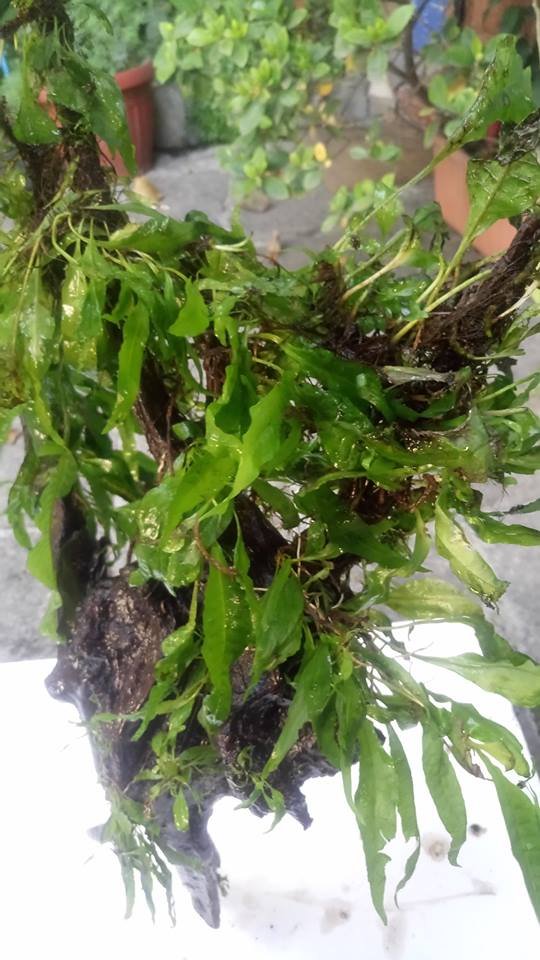Java fern.
Microsporum pteropus. It is a fern from Asia, which abounds especially on the island of Java, hence its common name
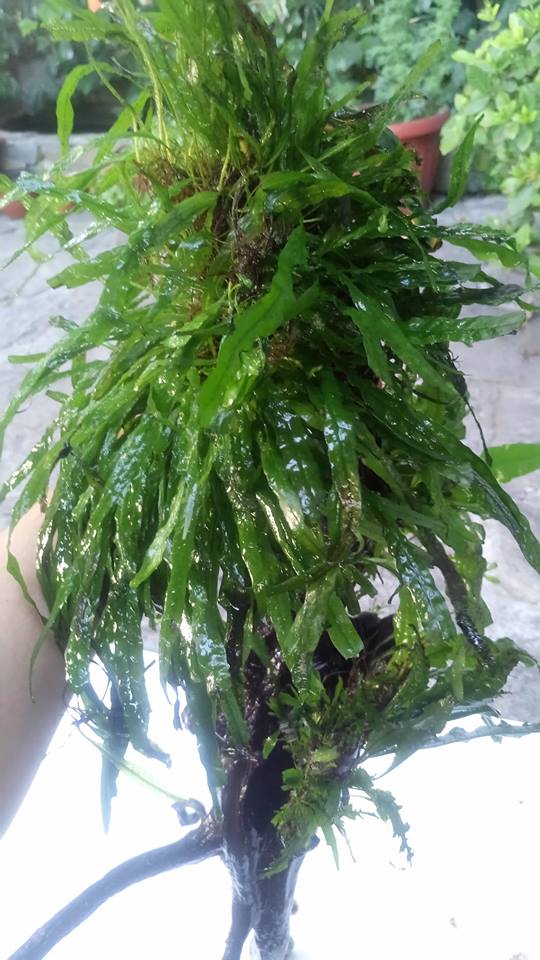
characteristics
Its leaves, although they can present several forms, tend to be elongated and rounded. Its coloration varies from low green to intense green, although it may brown when it is in the reproductive phase. It can be an aquatic or terrestrial fern, although it is often found on the banks
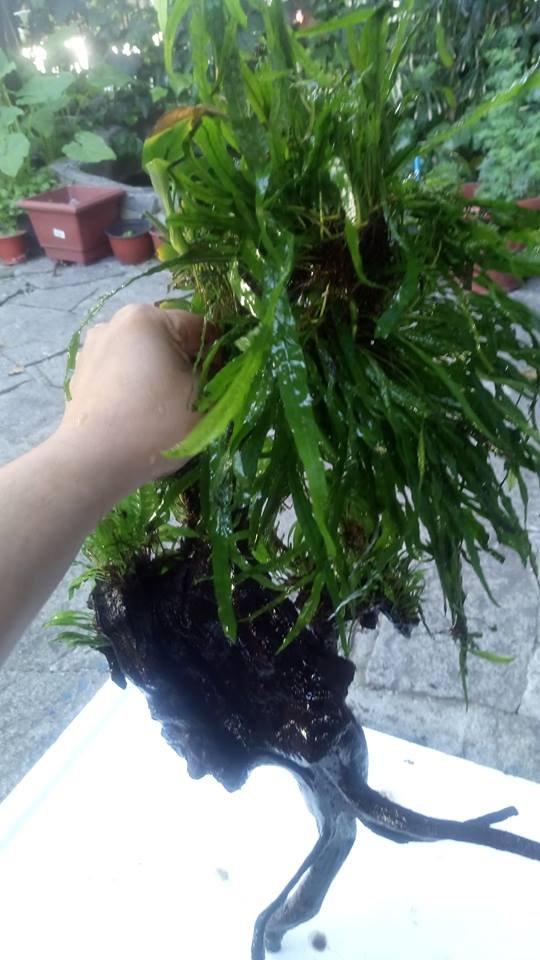
Size and growth
Its size is very variable, it is approximately between 15 and 30 cm high, and no more than 15 or 20 cm wide. Her growing is very slowly 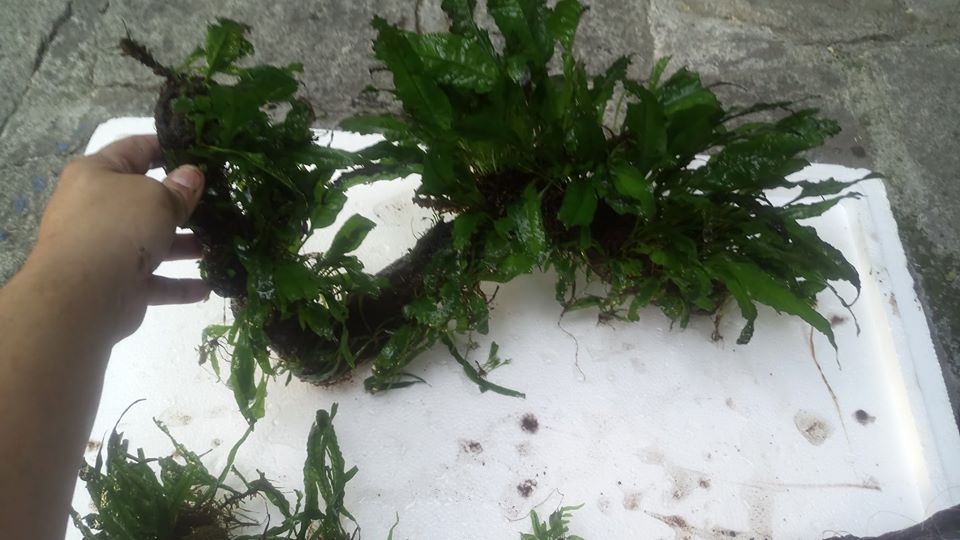
Necessary conditions
The Microsorum is especially resistant
- Temperature: from 18º to 30ºC (at very high temperatures you need more nutrients)
- Water: pH between 5.5 and 8.0; it supports any hardness but develops best in a medium-soft hardness (<20dGH); It can - withstand saline environments.
- Lighting: Supports any level of lighting, but if it is very intense it needs to be under some other floor or it will
deteriorate.
- Substrate: They do not need substrate because they survive very well subject to stones and logs
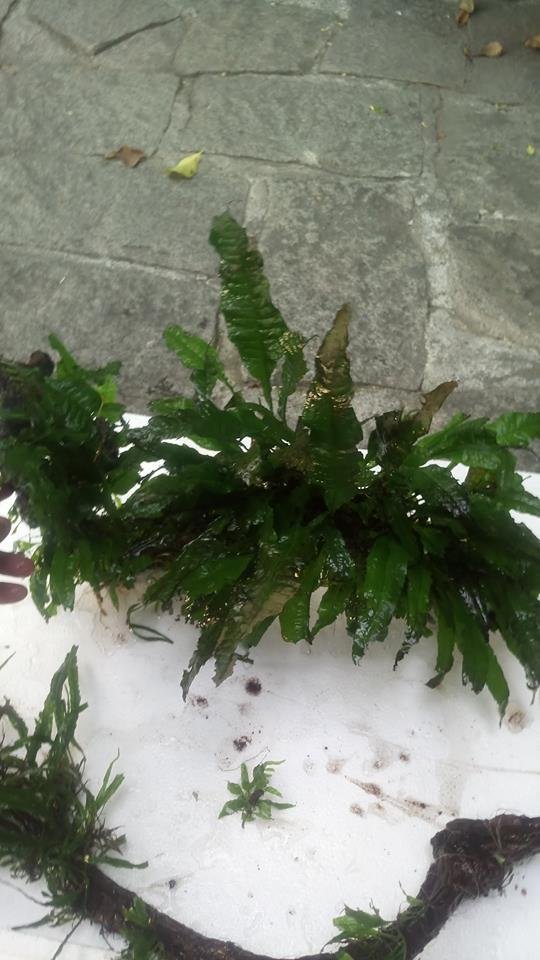
Positioning and planting
Because of its average height, the Java fern is suitable for central or rear areas of an aquarium, depending on the height of the rest of the plants. If you have a very intense lighting in an aquarium, it is placed so that it is sheltered by other larger plants or with more intense vegetation, to avoid discoloration. They do not need substrate since they develop perfectly subject to logs and stones. If it is not attached to a decorative element, you can take a small piece of a trunk, tie it to it and cover the piece of trunk with gravel.
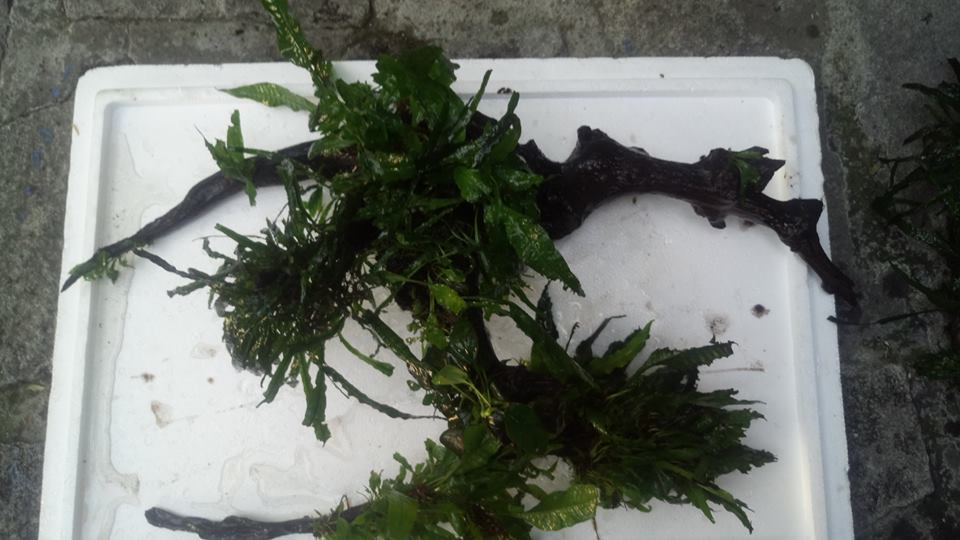
Maintenance and care
The Microsorum is one of the most suitable plants for beginners, since their care is null. It is resistant, versatile and does not need substrate, besides they are not usually of pleasant taste for goldfish so there is no risk of them ending up with them. The only problem they can give is that if they are very exposed to light they are covered with algae, which can choke them. With frequent cleaning of the algae accumulated in the leaves, its maintenance is practically covered
